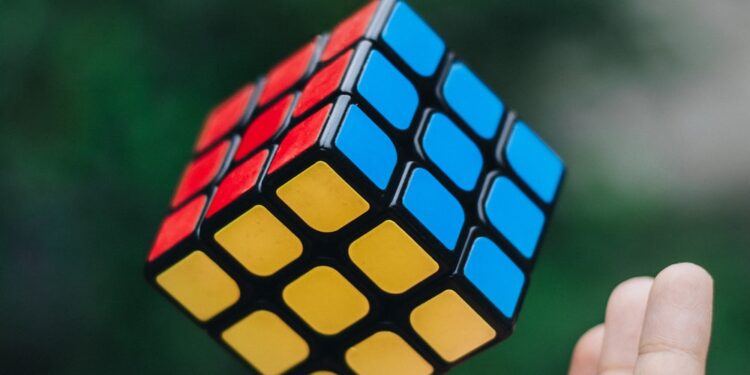Rubik’s Cube, toy, popular in the 1980s, that was designed by Hungarian inventor Erno Rubik. Rubik’s Cube consists of 26 small cubes that rotate on a central axis; nine coloured cube faces, in three rows of three each, form each side of the cube. When the cube is twisted out of its original arrangement, the player must then return it to the original configuration—one among 43 quintillion possible ones.Improve your memory. Are you solving Rubik’s cube with the help of algorithms? …Improves patience. This puzzle requires perseverance. …
Improves problem-solving skills. Ah! …Keeps your mind active.Improves speed.Improves agility. Improves reflexes.Enhances concentration and configuration.Basic Rotations Of Rubik’s Cube:R: Rotate the right layer clockwise.R’: Rotate the right layer anti-clockwise.L: Rotate the left layer clockwise.L’: Rotate the left layer anti-clockwise.U: Rotate the top layer clockwise.U’: Rotate the top layer anti-clockwise.F: Rotate the front layer clockwise.The sequence of moves is critical to solving the cube, so the notation must capture the differences. The composite moves YB and BY do not take a given starting arrangement of the cubies to the same final configuration.Classic permutation puzzles such as Rubik’s Cube, whose object is to rearrange the pieces into some target configuration, can usually be solved by following a two-step strategy.

Student Author: Raghav Joshi
Class: 7th B


























